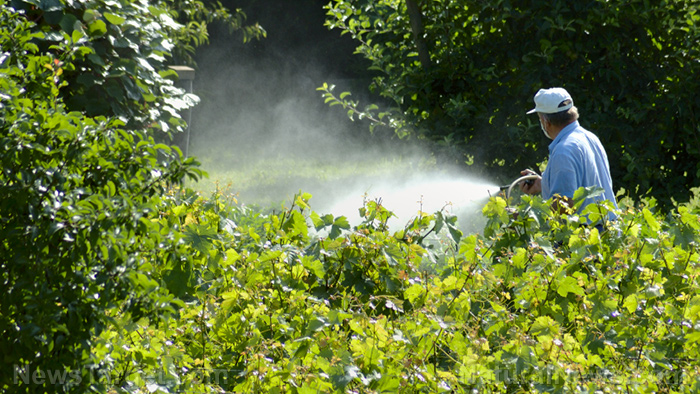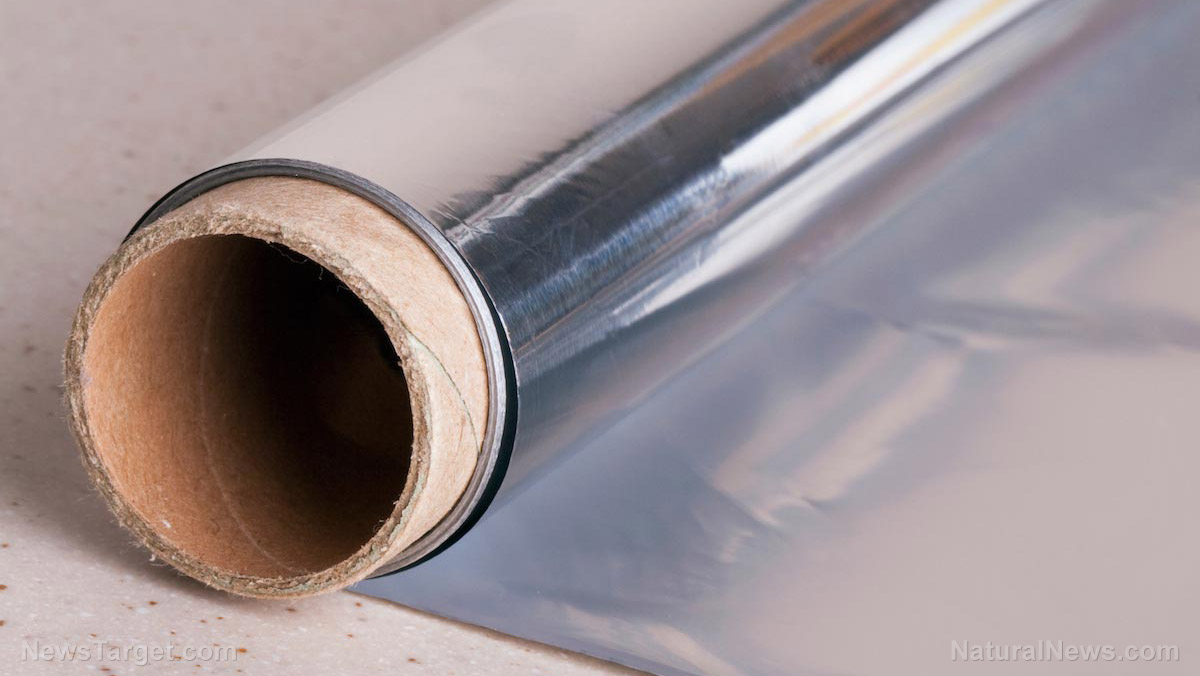Unsafe levels of strontium found in drinking water of 2.3 million Americans – study
04/23/2021 / By Virgilio Marin

A study from the U.S. Geological Survey (USGS) shows that the drinking water of 2.3 million Americans contains unsafe levels of naturally occurring strontium, a metal that can negatively impact bone health in children.
MaryLynn Musgrove, a scientist at the USGS’s Oklahoma-Texas Water Science Center and the author of the study, found that more than two percent of water samples from 32 aquifers around the country exceeded the safety limit for strontium. She noted that the public and private wells connected to these aquifers cater to around 2.3 million Americans.
Surveying American groundwater for strontium
Strontium is a soft metal that originates from minerals such as celestine. While low concentrations of naturally occurring strontium are safe and even beneficial for health, high amounts can stunt bone growth in children with low levels of calcium in their bodies. This is because strontium can replace calcium in the bones, which can weaken them and limit development, according to Sarah Yang, a groundwater toxicologist for the Wisconsin Department of Health Services.
“We’re more worried about infants and children because their bones are actively growing,” Yang told Environmental Health News. “Generally, infants and children can absorb more strontium in their intestines, and adults can’t.”
Studies link high levels of strontium in drinking water to rickets, a skeletal condition characterized by the softening and weakening of children’s bones. Rickets is caused by a deficiency in calcium, vitamin D or phosphorus.
For her study, Musgrove examined groundwater samples from 32 principal aquifers across the country to determine the amount of strontium in American groundwater. She found that almost every sample had detectable strontium levels. Around 2.3 percent of these exceeded four milligrams per liter (mg/L), which is the maximum amount that people should consume routinely, as per the Environmental Protection Agency (EPA).
Musgrove also found that 86 percent of the 2.3 million people exposed to unsafe strontium levels drink water from carbonate rock aquifers, which often contain high concentrations of the soft metal. More than half of these people use Florida’s underground reservoirs, where freshwater has been mixing with limestone and dolomite for 26,000 years.
Limestone and dolomite are carbonate rocks that contain trace amounts of strontium. These rocks often surround aquifers with high levels of strontium. For instance, dolomite is abundant in the bedrock of eastern Wisconsin, where the tap water contains among the highest levels of strontium in the country.
The carbonate rock aquifers of Texas also stood out. Most of the wells with high concentrations of strontium are connected to the Edwards-Trinity aquifer system, a sandstone and carbonate formation that spans from Oklahoma to western Texas. (Related: Are you COPPER poisoned? This trace mineral, often used in water pipes, becomes TOXIC at very low exposures.)
Regulating strontium in drinking water
While the EPA regulates strontium-90, the metal’s radioactive form, it does not regulate naturally-occurring strontium. This is because the impact of strontium exposure on health remains a “public health mystery,” according to Victor Rivera-Diaz, a writer and researcher for American nonprofit Save the Water.
Though some studies have conclusively linked strontium to bone degradation, the available data is not enough for the EPA to regulate the metal under the Safe Drinking Water Act.
“It is a problem,” Rivera-Diaz told Environmental Health News. “It definitely requires more attention, even more so in the areas that are prone to high contamination.”
But it is not easy to get rid of strontium since the metal cannot be removed using conventional water treatments, Rivera-Diaz says. This means that communities will have to resort to more expensive methods, such as reverse osmosis.
Reverse osmosis uses pressure to force water molecules through a semipermeable membrane to get rid of any impurities. It is highly effective in removing strontium from drinking water.
“Some of these technologies can be quite costly, so that might be a barrier for lower-income communities,” Rivera-Diaz noted. “If it was up to me, I would, in the short term, figure out a way to subsidize technologies that are proven to filter out strontium, especially in those communities where those levels are well above four mg/L.”
Visit CleanWater.news to learn more about strontium and other metals that can contaminate water sources.
Sources include:
Tagged Under: aquifers, bone health, children's health, contaminated water, disease causes, drinking water, environment, groundwater, metals, poisons, research, reverse osmosis, strontium, tap water, toxic water, toxins, Water contamination, water health, water pollutants
RECENT NEWS & ARTICLES
COPYRIGHT © 2017 POISON NEWS





















